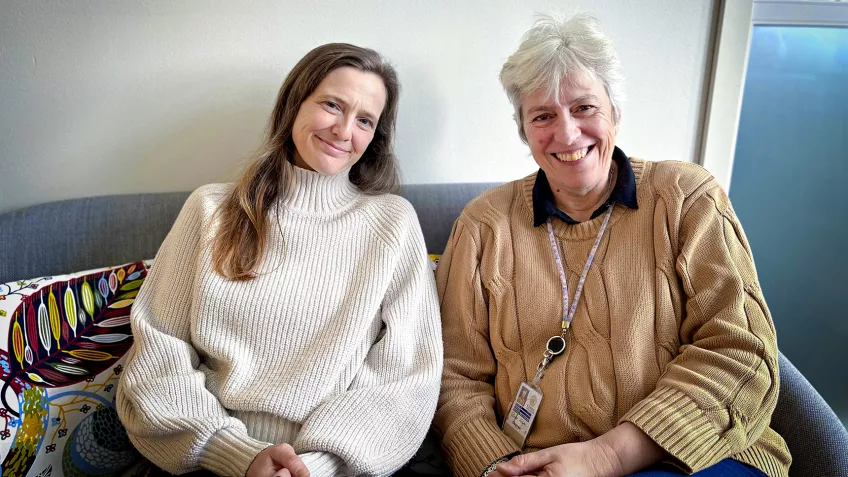The framework, developed by Rachel Forsyth and Lena Christensen, is based on the Advancing Teaching initiative, an international framework developed by 15 higher education institutions around the world. Some Swedish HEIs use other similar systems.
“Educational qualifications are a way to recognise and highlight the excellent work of our teaching staff. I hope that this will give teaching expertise a boost,” says Rachel Forsyth.
The new framework offers a structure and established concepts that academic appointments boards, heads of departments and teaching practitioners can use as support in their assessments.
The framework specifies four levels: competent educator, skilled and collegial educator, institutional leader, and national and international leader. There is a matrix that shows what is involved in each level, allowing teaching practitioners to compare and see the progress they have made.
“It is important that those who teach a lot and want to develop within the profession have an educational qualifications system that works alongside the one we have for researchers. It is also a way to show that teaching staff members’ teaching qualifications are important,” says Rachel Forsyth.
The assessment matrix could be used in staff appraisals in order to see the level each teaching practitioner is on and how they can qualify for a higher level. This already exists, but now there is a structure for assessment and a focus specifically on teaching qualifications.
The lowest level, competent educator, is to be demonstrated by all teaching practitioners. The highest level, national and international leader, is one that very few qualify for and is to correspond to the level of professor. Those who are on the highest levels, institutional leader and national and international leader, are expected to contribute and elevate others by acting as mentors for colleagues.
Reaching a higher level can have a bearing on salary, but this varies between faculties. The framework is to act mainly as support for individual teaching practitioners to provide a structure and concepts they can apply to describe their expertise in a portfolio as a valuable contribution to their CV.
“It is important to remember that this does not involve teaching practitioners having to do new things, rather it is more about us wanting to recognise the good job that they are doing at the moment and encouraging them to show and improve their already excellent work,” says Rachel Forsyth.
The new framework follows the existing Excellent Teaching Practitioner (ETP) system and all units involved in educational support are familiar with the new framework’s content and concepts.
There is also considerable support available from the University’s various teaching and learning support services, including the Division for Higher Education Development (AHU) and the support services at faculty level.
The report contains several guides for heads of department and faculty managements. Later on, support and guides will also be available for all those involved in online teaching.
Read the report: Final Report on Educational Development and Recognition (PDF, 2.42 MB).



